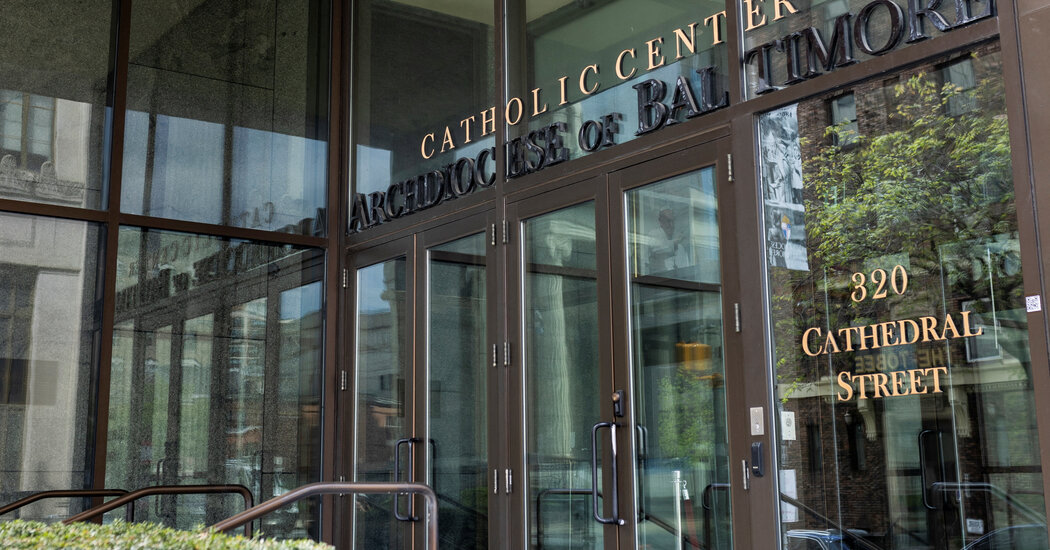Baltimore Key Bridge Cleanup and Reconstruction Expected to Be Complex
With search and rescue efforts over, officials have fully turned to the cleanup and rebuilding phase in the aftermath of the collapse of the Francis Scott Key Bridge in Baltimore. Clearing the debris, which is blocking a vital shipping lane into the Port of Baltimore, is likely to be completed in a matter of weeks, engineering and salvage experts say. But reconstructing the bridge will be a long process, federal and state officials cautioned.
The bridge collapse on Tuesday, caused by a 985-foot ship that struck a critical component of the structure, has rocked Baltimore and the shipping industry at large. Six men, all construction workers who were working on filling potholes on the bridge, were missing after the collapse, and the bodies of two of them were found on Wednesday. Officials have called off the search for the other missing men, who are presumed dead, saying divers can no longer reach the area where they believe more victims remain, and moved to a cleanup operation.
“This is daunting. This is complicated,” Gov. Wes Moore of Maryland said of the process on Thursday, declining to give a timeline. But, he added, “People should rest assured we are going to get this done.”
Cleaning up the debris from the shipping channel is indeed expected to be a complex and potentially dangerous underwater salvage operation, and the stakes for Baltimore and the regional economy are high.
Reopening the Port of Baltimore, a vital hub for automobiles on the East Coast and one of the busiest shipping ports in the nation, is imperative for state and federal leaders. Since the collapse, vessel traffic has been shut down, and about a dozen ships are stuck in the port, which employs 8,000 people.
On Thursday, officials said U.S. Army Corps of Engineers, which maintains the shipping channel in Baltimore to ensure that it is navigable, would fully cover the costs of clearing the channel. As for rebuilding the bridge, the Biden administration announced that it was allocating $60 million in emergency federal highway funds to that operation. The U.S. Transportation Department called the money a “down payment toward initial costs” and said it would make additional emergency highway funds available.
Kevin DeGood, director of infrastructure policy at the Center for American Progress, a liberal-leaning think tank, said that vehicles could take other routes through and around Baltimore besides the Key Bridge but that underwater debris was blocking the port’s only shipping channels. “The pressure to clear the channel is immense,” Mr. DeGood said.
The cleanup is already underway. In a news conference on Thursday, Rear Adm. Shannon Gilreath of the U.S. Coast Guard laid out the steps in the process: Clear some of the debris from the collapse, remove the ship and then clean up the remaining debris in the waterway.
Governor Moore added that the Army corps would move what he described as “the largest crane in the Eastern Seaboard” to Baltimore to help the authorities pull the collapsed bridge out of the water.
The Army corps may also use sonar technology that can map the twisted metal and asphalt that plunged to the bottom of the river when the cargo ship struck the bridge.
“The size and the scale of this is unusual,” said John Litz, who served as commander of the Baltimore District of the Army Corps of Engineers from 2018 to 2021.
The cranes can remove the bridge parts from the river floor, putting them on barges and then shipping them out of Baltimore. They can also be used for the sensitive task of lifting portions of the bridge that fell on the container ship so that the vessel can be towed away.
The use of cranes will depend on the work of divers, who will need to cut the metal and concrete structures into more manageable pieces before they can be hoisted to the surface. The drivers will have to battle swift currents and low visibility, as they will be cutting into unstable structures in fast-moving water.
“You have sediment that is moving constantly,’’ said Mr. Litz, who now works in the private sector. “It’s going to be hard to see and work down there.’’
It is possible that officials will initially open a narrower shipping lane to allow the stranded ships to move out of the port, salvager experts said.
By contrast, the work of reconstructing the bridge could take several years, engineers say.
What remains standing of the bridge after the crash will have to be evaluated for its structural soundness. Then, Maryland transportation officials will need to evaluate whether to build a larger roadway that can carry more vehicles, or whether to raise the bridge’s height above the water to accommodate larger ships passing under it.
Such enhancements might take more time and money to complete, but they would ensure that the bridge could endure longer, said Sameh Badie, a civil and environmental engineering professor at George Washington University.
“In my opinion, Maryland D.O.T. needs to take their time,” Mr. Badie said, referring to the state’s Department of Transportation. “I am willing to wait for extra time and maybe pay some extra dollars to come up with a good solution.”
Nicholas Bogel-Burroughs and Jacey Fortin contributed reporting.

